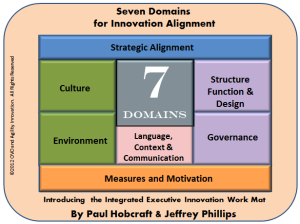 Perhaps why innovation feels somewhat flat (well for me) is our organizations and societies are utterly failing to allow us all to step up in innovation to tackle those huge societal issues, those massive, growing problems that are swirling all around us.
Perhaps why innovation feels somewhat flat (well for me) is our organizations and societies are utterly failing to allow us all to step up in innovation to tackle those huge societal issues, those massive, growing problems that are swirling all around us.
We need to shake out of our lethargy and really begin to attempt to solve the real issues of our time. Some organizations are clearly working on and trying to draw attention and gain greater engagement but we need a much greater concerted effort to focus on the big societal challenges.
Global warming, rising health issues, finally cracking cancer, malaria, dementia, finding different solutions to the ageing within society. How are we going to tackle the rapidly depleting natural resources, the future conflicts over water, food, or energy . These are big, hairy, audacious gaps to be resolved.
Many are avoiding the need too stare hard into the future as we are not re-equipping everyone with skills that combine inventiveness, innovation and creativity that contributes into their communities, we have got stuck in the “me”. A reality of depletion is racing towards us and it is not a pretty sight. Continue reading “We are not facing up to the big Societal challenges of today?”








